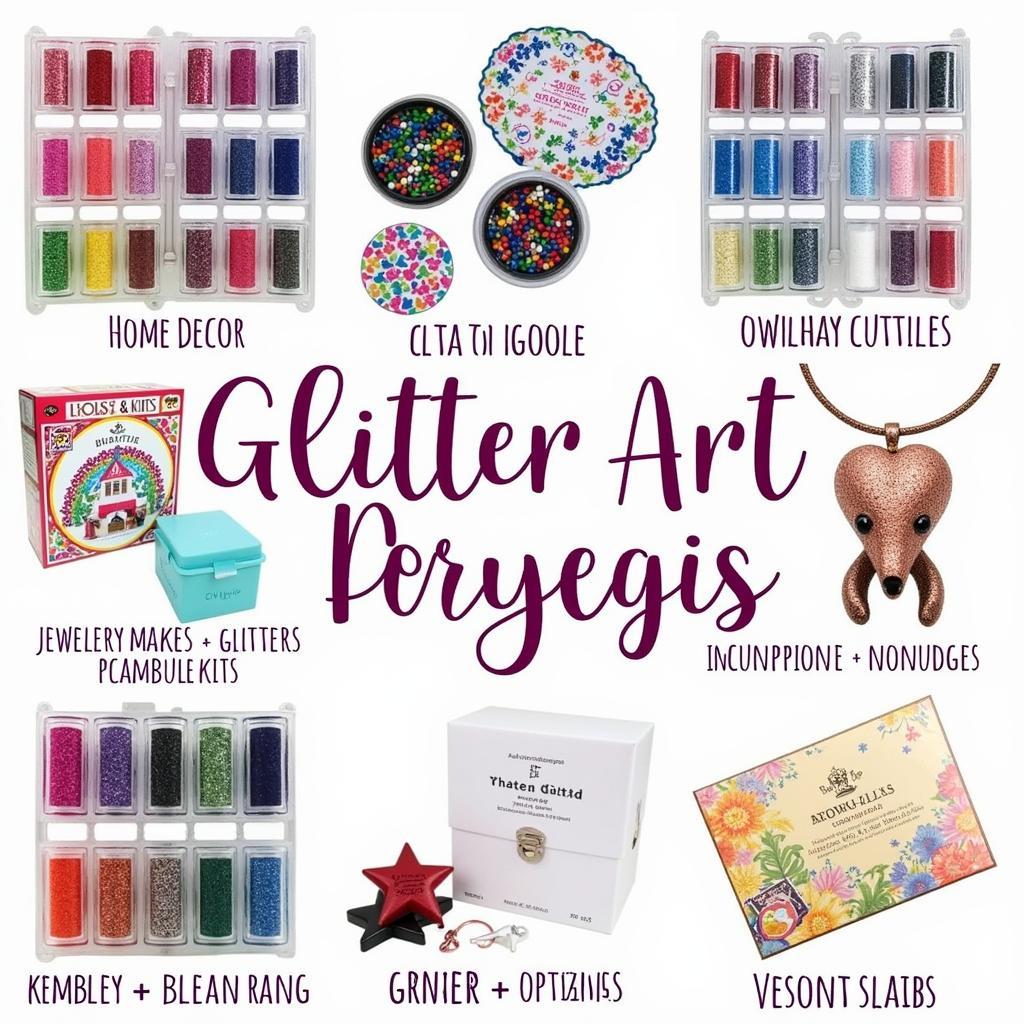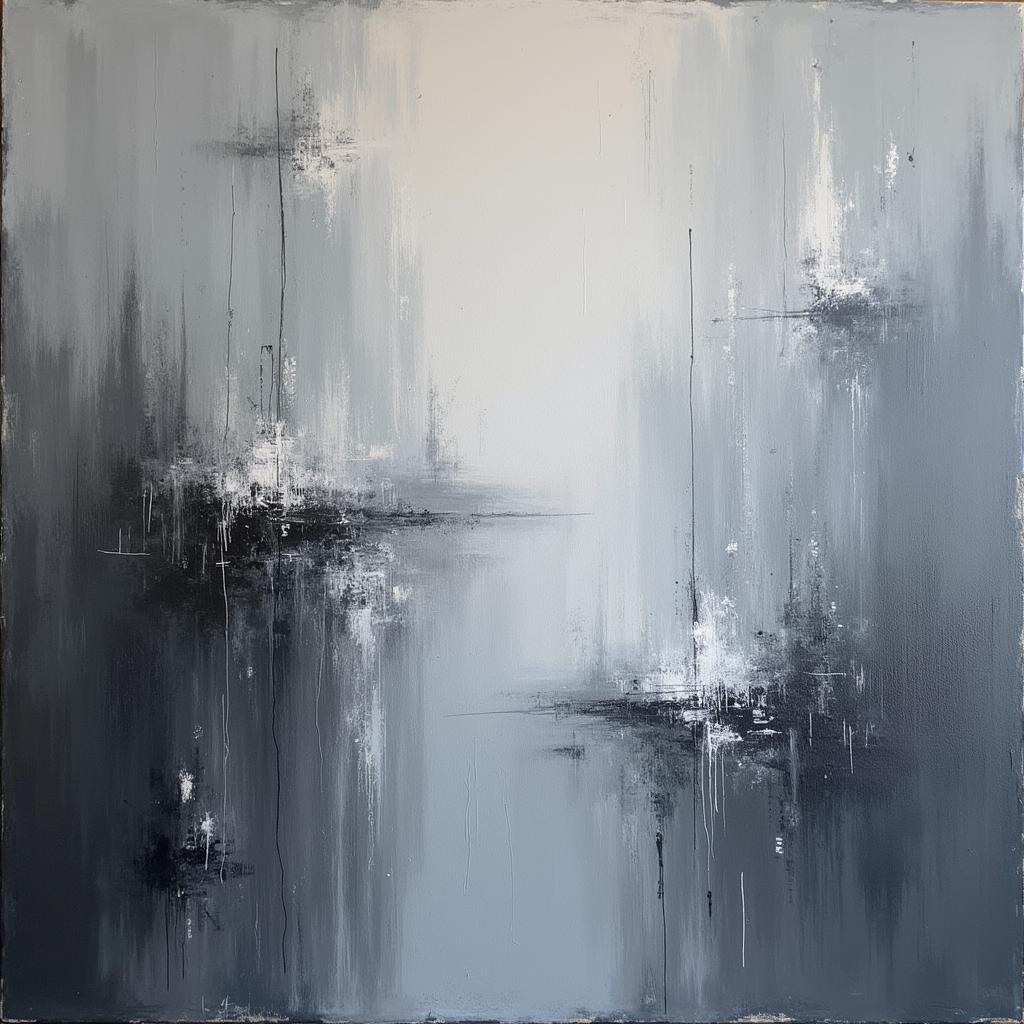Exploring the Rich Tapestry of Midwestern Art
Midwestern Art often evokes images of rolling prairies, amber waves of grain, and the bustling energy of its urban centers. But beneath this familiar surface lies a rich and complex tapestry of artistic expression, shaped by the unique history, culture, and landscape of the American Midwest. This exploration delves into the diverse facets of Midwestern art, from its historical roots to its contemporary manifestations.
A Historical Perspective on Midwestern Art
The development of Midwestern art is inextricably linked to the region’s history. Early artistic endeavors often focused on capturing the vastness and beauty of the natural landscape. Think of the sweeping panoramas of the Hudson River School painters, though often associated with the East Coast, their influence rippled westward, inspiring artists to document the unique beauty of the Midwest. Later, the rise of industrialization and urbanization brought new themes and subjects, as artists turned their attention to the changing social and economic landscape. The Ashcan School’s focus on realism and everyday life found echoes in the Midwest, portraying the lives of working-class communities and the realities of urban life. These early movements laid the foundation for the diverse artistic expressions that would follow. You can find great examples of Kansas City skyline art that reflect this historical influence.
 Midwestern Landscape Painting
Midwestern Landscape Painting
Key Themes and Movements in Midwestern Art
Regionalism, a prominent movement in Midwestern art, emphasized local traditions, customs, and landscapes. Artists like Grant Wood and Thomas Hart Benton captured the essence of rural life, celebrating the everyday experiences of farmers and small-town communities. Their work often features idealized portrayals of the Midwest, reflecting a sense of nostalgia and pride in the region’s heritage. Another important movement, American Scene Painting, documented the realities of American life during the early 20th century, including the industrial growth and social changes of the Midwest. From depictions of bustling cityscapes to quiet scenes of rural life, these artists provided a vivid snapshot of the region during a period of significant transformation.
Contemporary Midwestern Art: A Thriving Scene
Today, the Midwestern art scene continues to evolve, embracing a wide range of styles, mediums, and perspectives. From painting and sculpture to photography and digital art, contemporary artists are pushing the boundaries of creative expression. Many artists are exploring themes of identity, place, and community, engaging with the unique social and cultural landscape of the Midwest. The rise of art collectives, such as those found in Sioux Falls, provides a platform for artists to collaborate, share ideas, and support each other.
What defines Midwestern art?
Midwestern art is often characterized by its focus on realism, regionalism, and a connection to the land.
Where can I find Midwestern art?
Museums, galleries, and local art fairs across the Midwest showcase the region’s artistic talent. Searching for “Milwaukee skyline art” or “St. Louis skyline art” can also lead you to galleries and artists featuring those cityscapes.
How has the Midwestern landscape influenced the region’s art?
The vast prairies, rolling hills, and expansive skies of the Midwest have deeply influenced the subject matter and aesthetic of the region’s art.
Who are some prominent Midwestern artists?
Grant Wood, Thomas Hart Benton, and John Steuart Curry are just a few of the many influential artists who have emerged from the Midwest.
“Midwestern art isn’t just about cornfields and barns,” says art historian Dr. Amelia Carter, “it’s about capturing the spirit and resilience of the people and the unique beauty of this often-overlooked region.” Another expert, curator David Miller, adds, “The Midwest has always been a fertile ground for artistic innovation, and its influence on American art is undeniable.”
Conclusion: A Continuing Legacy of Creativity
Midwestern art, from its historical roots to its contemporary expressions, reflects the diverse and ever-evolving cultural landscape of the region. From the rolling prairies to the bustling cities, the Midwest continues to inspire artists to explore new avenues of creative expression, ensuring a vibrant and dynamic future for Midwestern art. Don’t forget to explore related art forms, like martial arts in Sioux City, to see how other creative expressions thrive in the Midwest.
FAQ
- What are the main characteristics of Midwestern art?
- Who are some famous Midwestern artists?
- Where can I find Midwestern art galleries?
- How has Midwestern art evolved over time?
- What are some current trends in Midwestern art?
- How does Midwestern art differ from art in other regions of the US?
- Are there any online resources for learning about Midwestern art?
When needing support, please contact us by phone: 02462573573, email: [email protected] or visit us at Savico Megamall, 7-9 Đ. Nguyễn Văn Linh, Gia Thụy, Long Biên, Hà Nội 10000, Việt Nam. Our customer service team is available 24/7.





